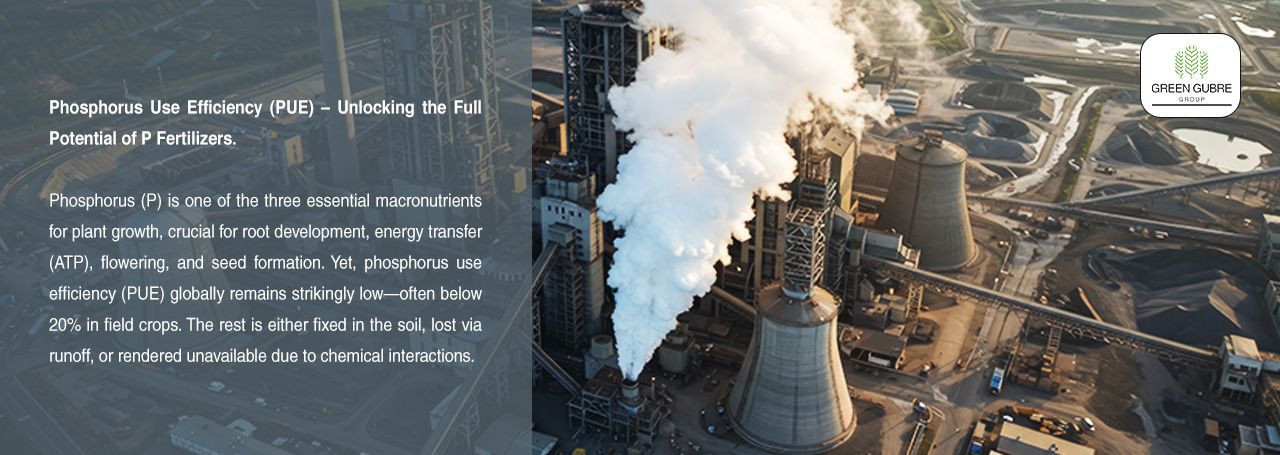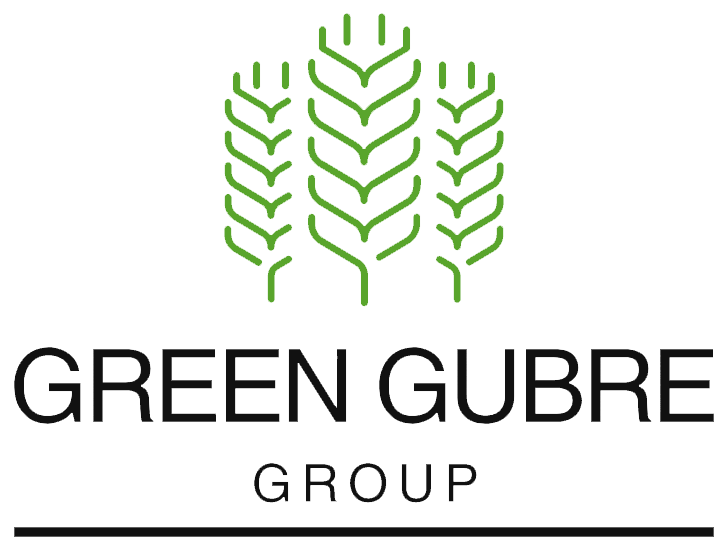Phosphorus Use Efficiency (PUE) – Unlocking the Full Potential of P Fertilizers
Phosphorus Use Efficiency (PUE) – Unlocking the Full Potential of P Fertilizers

Introduction: Why PUE Matters Now More Than Ever
Phosphorus (P) is one of the three essential macronutrients for plant growth, crucial for root development, energy transfer (ATP), flowering, and seed formation. Yet, phosphorus use efficiency (PUE) globally remains strikingly low—often below 20% in field crops. The rest is either fixed in the soil, lost via runoff, or rendered unavailable due to chemical interactions.
As the world faces shrinking phosphate rock reserves, growing environmental concerns, and increasing food demand, improving PUE is no longer optional—it’s an agricultural imperative. More innovative phosphorus management not only improves yields and profitability but also safeguards water resources and supports long-term soil fertility.
🔗 International Fertilizer Association – Phosphorus Management
What is Phosphorus Use Efficiency (PUE)?
PUE refers to the extent to which plants absorb and utilize applied phosphorus fertilizers. It is commonly expressed as:
PUE = (Phosphorus uptake by plant / Phosphorus applied) × 100
Low PUE can result from:
- Soil fixation: P forms insoluble compounds with iron, aluminum, or calcium.
- Poor timing or placement: Phosphorus is immobile in soil; broadcast applications are often inefficient.
- High pH or compacted soils: These conditions reduce root access to available P.
Improving PUE means delivering phosphorus when and where the plant needs it, using less input to achieve more output.
Key Strategies to Improve PUE
Right Source – Smarter Phosphorus Formulations
- Use highly soluble forms like Mono-Ammonium Phosphate (MAP) and Di-Ammonium Phosphate (DAP).
- Adopt coated or slow-release P fertilizers to prevent rapid fixation.
- Apply
phosphorus-enhancing biostimulants that increase root access and microbial solubilization.
Correct Rate – Avoiding Over-Application
- Overuse leads to runoff and nutrient lock-up.
- Use soil tests to determine precise crop needs and residual P levels.
Right Timing – Synchronize with Crop Demand
- Early-season P is crucial for root establishment and tiller formation.
- Split applications can improve uptake in high-fixation soils.
Right Placement – Localized Delivery
- Band placement or fertigation ensures phosphorus is accessible in the root zone.
- Avoid surface broadcasting unless followed by immediate incorporation.
Role of Soil Microorganisms in P Availability
Phosphorus-solubilizing bacteria (PSB) and mycorrhizal fungi play a key role in unlocking fixed phosphorus in the soil. These microbes:
- Release organic acids to solubilize bound phosphorus.
- Extend the root surface area to enhance phosphorus absorption.
- Improve plant resilience to abiotic stress.
Incorporating biologicals and microbial inoculants into fertilization programs can significantly raise PUE, especially in organic or low-input systems.
Environmental Implications of Low PUE
Poor phosphorus efficiency has significant ecological consequences:
- Eutrophication: Runoff leads to algal blooms in rivers, lakes, and coastal waters.
- Depleting phosphate reserves: Rock phosphate is a non-renewable resource.
- Soil degradation: Long-term overuse leads to imbalanced nutrient profiles and a decline in soil health.
By improving PUE, farmers contribute to both agronomic sustainability and environmental protection.
Green Gubre Group’s Phosphorus Solutions
At Green Gubre Group, we offer a comprehensive suite of phosphorus fertilizers and efficiency enhancers:
- Mono-Ammonium Phosphate (MAP) – High P solubility, suitable for early growth.
- Coated Phosphorus Granules – Slow-release technology for extended availability.
- Phosphorus Biostimulants – Improve microbial activity and reduce fixation.
- Phosphorus-Compatible Blends – Balanced NPK + micronutrient solutions for targeted P uptake.
- Technical Support – Tailored P application schedules based on soil, crop, and irrigation method.
With precision P strategies, our customers maximize crop performance while protecting natural resources.
Conclusion: Precision P for the Future of Farming
Phosphorus is too valuable—and too scarce—to be wasted. Improving PUE through the right products, placement, and practices can transform agricultural productivity while preserving environmental quality. Whether you’re farming cereals, vegetables, orchards, or row crops, more innovative phosphorus strategies are key to staying competitive and sustainable.
Unlock the full potential of every phosphorus application—with Green Gubre Group at your side.




